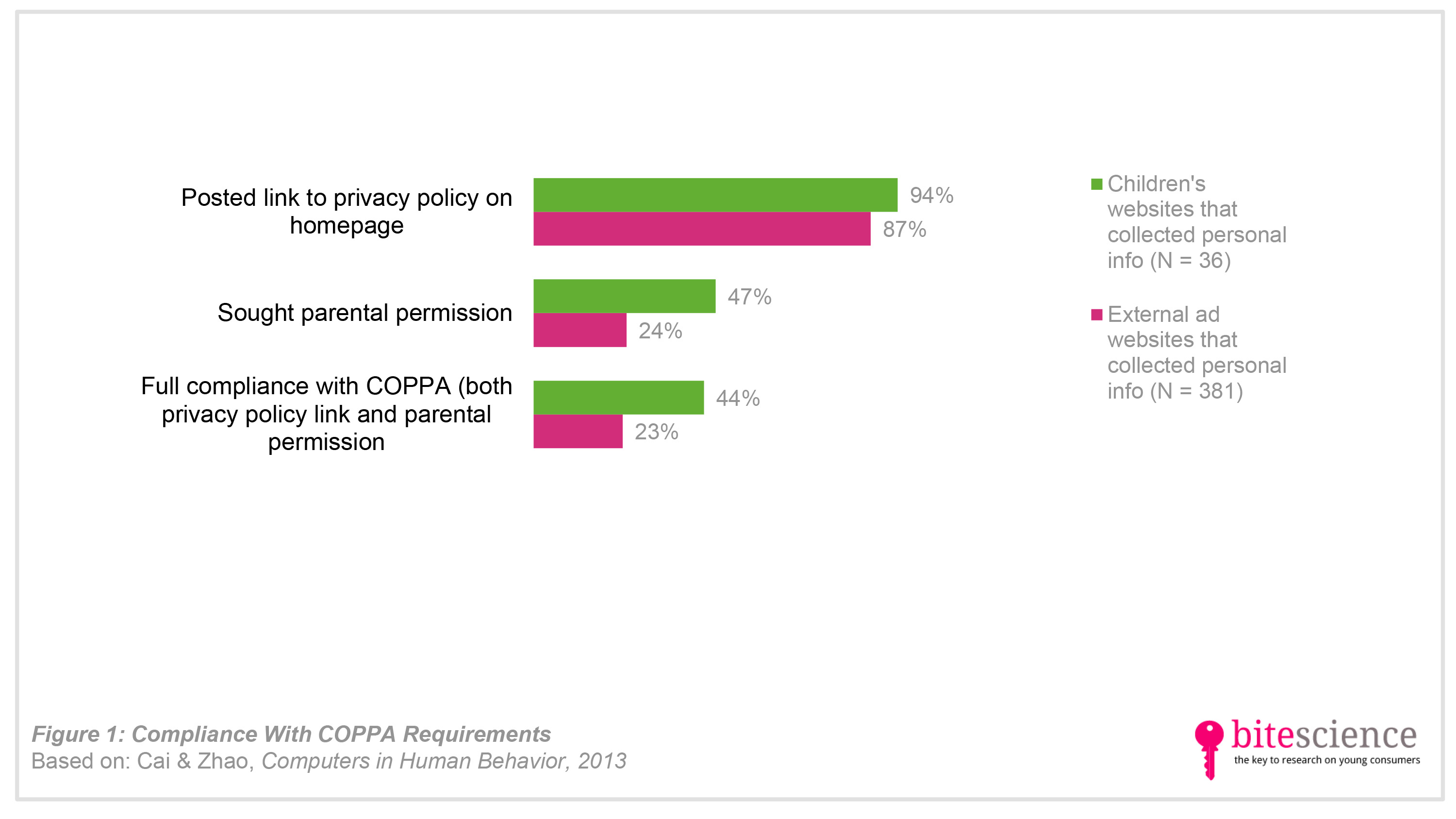
Privacy Practices of Popular Children’s Websites Revealed
A Computer in Human Behavior study tried to map the ads that children in the United States are confronted with on their favorite websites. It appears that the great majority of popular children’s websites contain graphical ads. As far as privacy is concerned, many of those websites do not comply with the Children’s Online Privacy Protection Act (COPPA), a United States federal law that states that websites that collect personal info from children under the age of 13 must post a privacy policy on the website, and seek for parental permission.
Take aways
- The vast majority of popular children’s websites in the US contain advertising, often graphical.
- Most of those sites label their ads, for instance by the word “advertisement” or by the words “sponsored by”, in order to help children identify ads.
- However, many collect personal information from children without asking for parental permission, which thwarts with the Children’s Online Privacy Protection Act (COPPA).
- Efforts should be made to look more critically at the privacy practices of popular child websites regarding online advertising.
Study information
The question?
What are the features of online ads on popular children’s websites, and how do these websites deal with privacy?
Who?
A total of 117 commercial children’s websites (targeting children 12 and under), 933 unique ads, and 813 external websites where ads led to (i.e., ad websites).
Where?
United States
How?
All 117 commercial children’s websites were coded for the number of featured ads, whether it collected personal information (e.g., full name, email address, postal address), whether there was a link to the website’s privacy policy on the homepage, and whether the website asked for parental permission. The ads were analyzed on its position on the site, the included features (e.g., graphics, words), and whether it was labeled as an ad. The external websites where the ads led to were coded for its privacy practices as well.
Facts and findings
- More than two-third (68%) of the 117 collected children’s websites contained advertisements, with an average of almost 12 unique ads per site.
- The ads differed in position, included features and labels:
- Most ads (31%) appeared in the middle of the site, followed by the top (21%), bottom (20%), right side (16%), and left side (7%).
- More than half of the ads (56%) were graphical, and about one-third (34%) contained prompt words, such as “go”, and “enter”.
- Three quarter of the ads (75%) were labeled as an ad, for instance by the word “advertisement” or by the words “sponsored by”.
- An extra window that warned children when they left the original site, popped up at only 3% of the ads that led to an external site.
- As far as privacy is concerned, almost a third (31%) of the 117 children’s websites collected personal information online, and almost half (47%) of the 813 external ad websites did.
- Only 44% (N = 16) of the children’s websites that collected personal info, and 23% (N = 89) of the external ad websites that did so, complied with the COPPA requirement which states that websites that collect personal info from children under the age of 13 must post a privacy policy on the website and seek for parental permission (See Figure 1).
